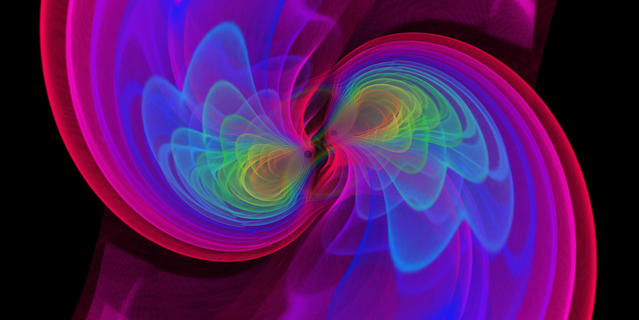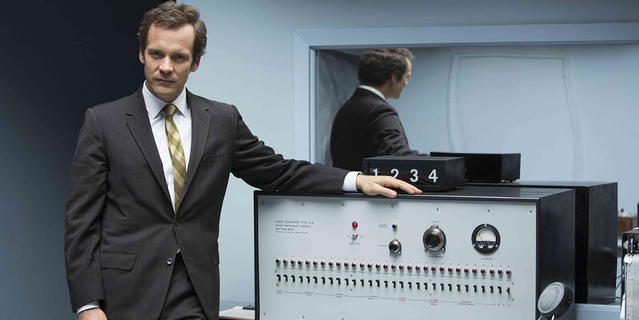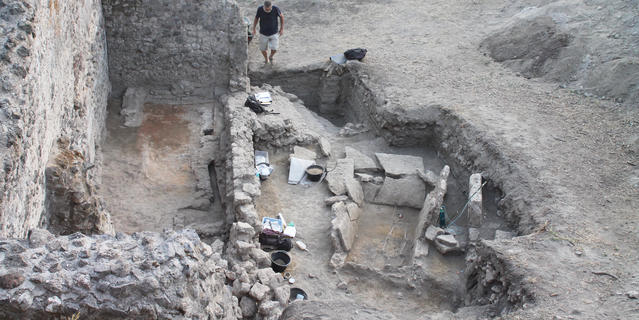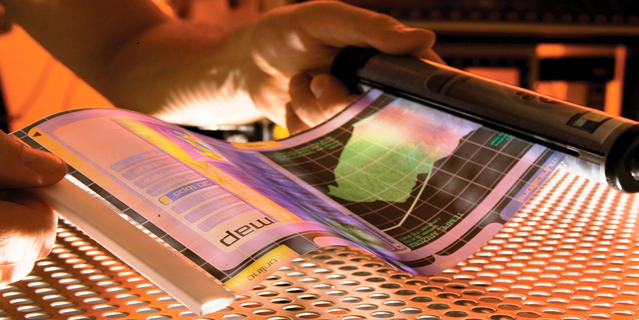 |
|
|
|
|
A Nobel for Gravitational Waves
|
|
02.11.2016 |
|
astrophysics
The Nobel Prize in Physics 2017 has just been awarded to Rainer Weiss, Barry C. Barish and Kip S. Thorne for their contribution to the first direct gravitational wave detection as part of the LIGO-Virgo collaboration. Rediscover our article on this historical discovery.
|
|
Read the article
|
|
|
|
|
 |
|
|
|
|
Testing the Limits of Human Obedience
|
|
01.25.2016 |
|
Social psychology
Fifteen? Sixty? Four hundred volts? How many electric shocks would you have administered to an innocent test subject if you had been ordered to? Social psychologist Sophie Richardot looks back at Stanley Milgram's famous experiment, the subject of a film called "Experimenter."
|
|
Read the opinion
|
|
|
|
|
 |
|
|
|
|
Life Has its Dark Matter
|
|
01.19.2016 |
|
Biology
Revealed by metagenomics, previously unknown biodiversity brings our biological understanding into question. “Biological dark matter” may provide clues to a fourth domain of life.
|
|
Read the article
|
|
|
|
|
|
Also this month
|
 |
|
|
|
The Ninth Planet
|
|
02.04.2016 |
|
Astronomy The scientific world is in turmoil, our Solar System could have a new ninth planet. Historian of science at the CNRS, Denis Guthleben revisits this announcement in light of the recent, and not so recent, history of astronomy. |
|
Read the opinion
|
|
|
|
|
|
 |
|
|
|
A Rare Pre-Roman Tomb Surfaces in Pompeii
|
|
01.13.2016 |
|
Interview Pompeii still holds many secrets. While excavating an area where craftsmen had their workshops, the archaeologist Lætitia Cavassa and her team uncovered a Samnite tomb. This Italic people lived in Pompeii from the 5th to the 1st century BC, before the town became a Roman colony. |
|
Read the article
|
|
|
|
 |
|
|
|
Finding the Perfect Hornet Trap
|
|
01.15.2016
|
|
Biology Since 2004, the yellow-legged hornet—also known as Asian hornet—has been spreading throughout Europe at an alarming rate. How can we get rid of this invasive species without killing other insects? The key is in finding the perfect trap... |
|
Watch the video
|
|
|
|
 |
|
|
|
Drones for Research
|
|
02.02.2016 |
|
innovation Building a 3D reconstruction of an abbey, modeling clouds, or monitoring the life of a bird colony: drones open up a whole range of new possibilities to researchers. CNRS News unveils some of these innovative projects. |
|
Read the article
|
|
|
|
 |
|
|
|
An Architectural Puzzle Made of Stones
|
|
01.22.2016
|
|
Archaeology Discovered in the 19th century when the city of Bordeaux's fortifications were dismantled, a collection of 400 architectural pieces that date back to the Roman empire have stumped researchers for years. A team of scientists think that they may have finally discovered which monuments some of these... |
|
Watch the video
|
|
|
|
|
|
|
 |
|
|
|
The Dawn of Flexible Electronics?
|
|
01.08.2016 |
|
Electronics OLED or flexible displays, rollable photovoltaic cells, smart sensors integrated into inks...Do organic electronics show promise of a technological revolution or are they just simple gadgets? |
|
Read the article
|
|
|
|